Ready to design or re-design a space in your home, such as your kitchen, family room, or master bedroom? Let the planning begin! But before you get started, it’s important to be able to see how all of the pieces will come together, including all your colors and textures, and how to visualize furniture in a room. As interior designers, we put all of these ideas into practice for our clients (see more reasons to hire an interior designer), but they’re all easy to implement yourself, too — well, except for No. 5. Read on for our top ideas on how to visualize your design.
1. Create a mood board.
Interior designers typically create mood boards in Adobe Photoshop, but you can easily use a program called Canva for an easier, free option (it even offers mood board templates). Start by finding images of the products you’re considering, and make sure they’re on a white background so you won’t have anything distracting on your board. The goal of creating a mood board is to get to the essence of your pieces you’re putting together and see how they’ll complement each other in a space.
When reviewing your mood board, consider questions such as, How do the visual weights of each piece look together? How do you feel about your color palette? This is the early stage in which you can determine whether you have too much of something, or if a piece or two feel too heavy, etc. The best part about mood boards is that you can keep changing and iterating until you achieve the look and feel you’re going for.
Don’t want to go digital? If you feel like grabbing some magazines or printing out images of the items you like and going to town with scissors, there’s no shame in doing an old-school mood board. No matter what mode you use to create your mood board, remember to keep a spreadsheet with links to every item you’re including so you won’t forget where something came from.

2. Gather samples.
Visuals of each piece of the room you’re designing are helpful on a mood board, but they’re only one-dimensional. To truly get a feel for the textures, the scale, and the colors you’re working with, it’s smart to request physical samples or swatches so you can hold them in your hands and truly see how to visualize furniture in a room. For instance, you can request a fabric sample for a sofa you’re ordering, or a wood sample from a dining room table. Most retail companies will offer samples for bigger-ticket items. Even if you do have to pay a small price for them, it’s much cheaper than ordering the whole items and making a mistake when they don’t work together.
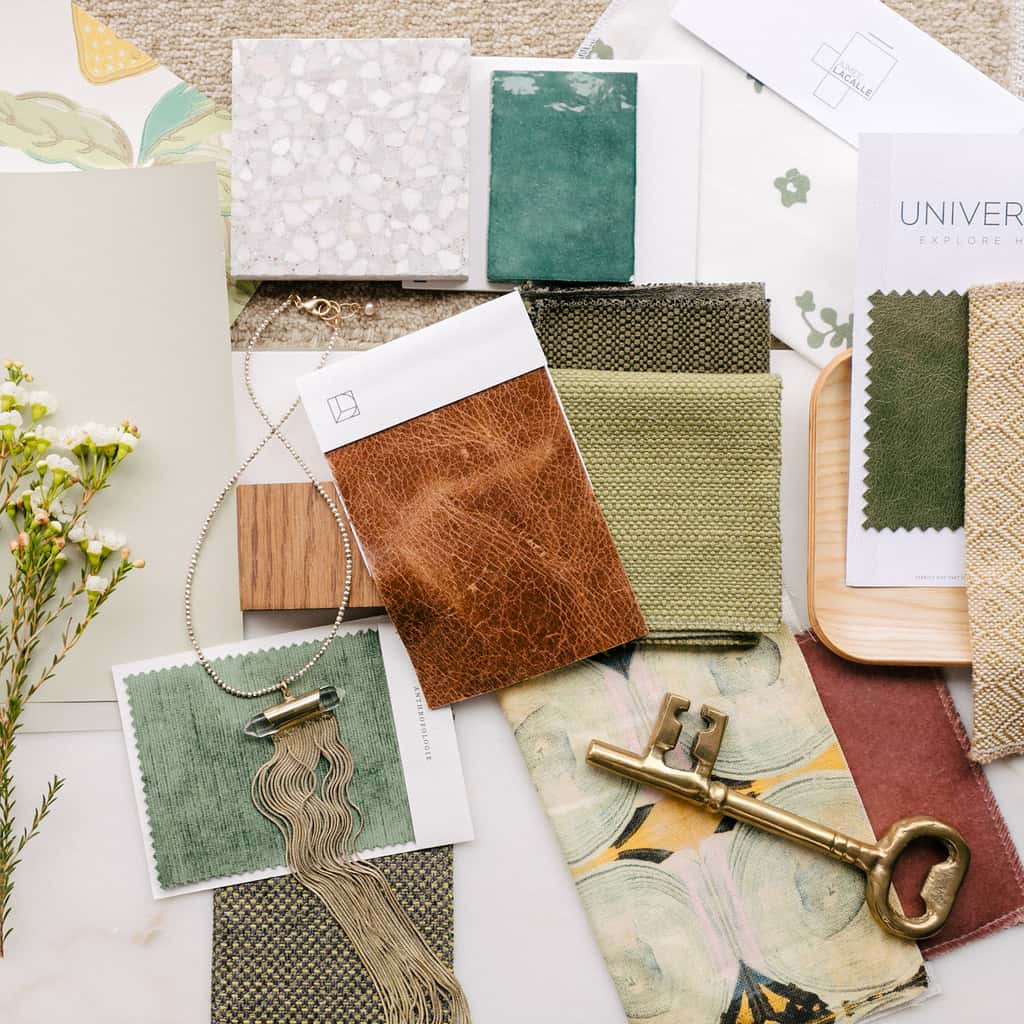
3. Experience your floor plan.
To help you picture the layout of the space you’re working on and learn how to visualize furniture in a room, try this interior designer trick: Use painter’s tape to tape out the dimensions of each piece you’re planning on putting in the room to get a sense of how they’re going to fit together. This is especially important to do for the larger pieces in the space.
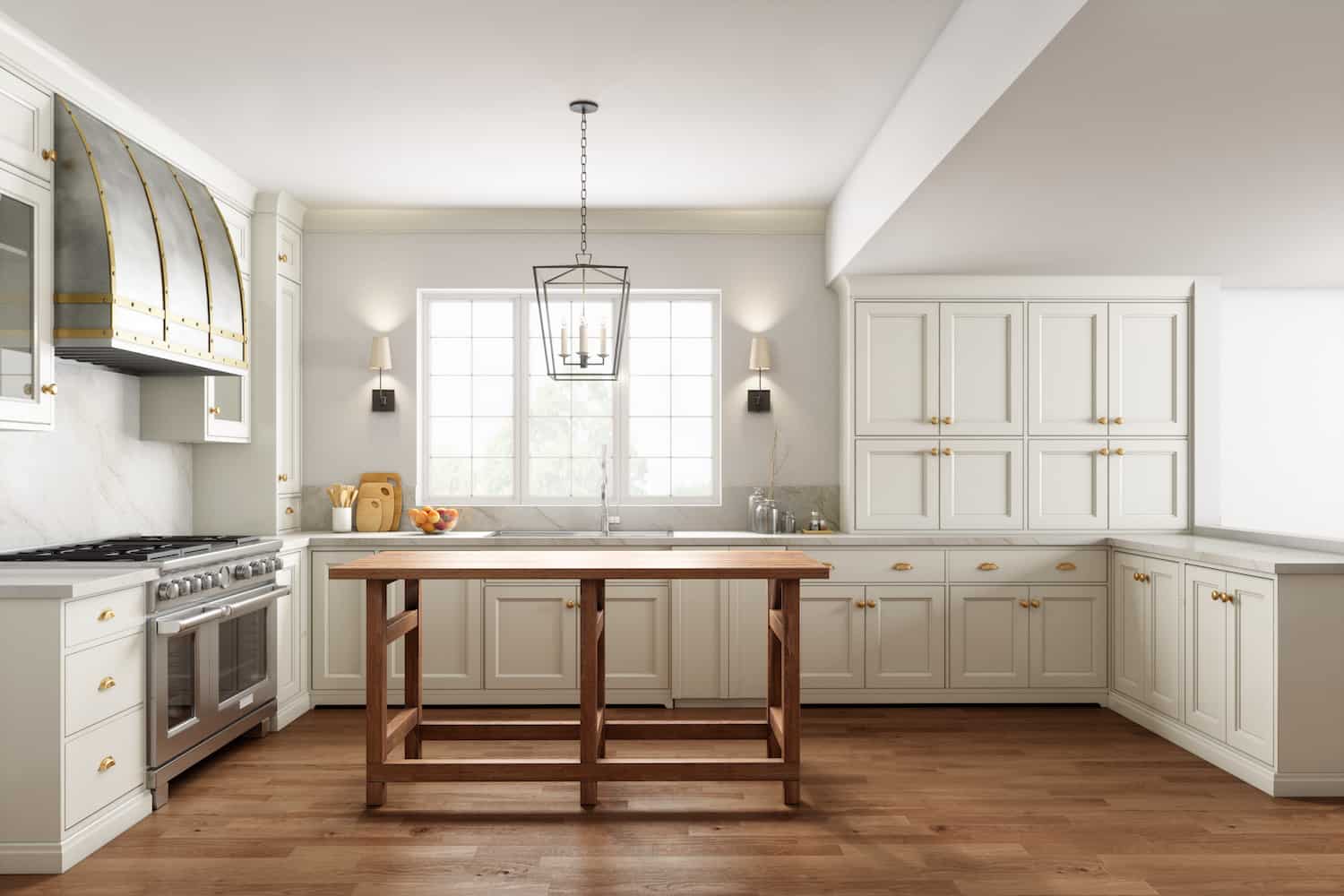
4. Try your paint.
You always want to get a sample of the paint color you’re going to use, as one color can look different in every space it’s used. Some companies will offer a 12-by-12-inch square of a paint swatch you can use if you don’t want to actually test out a sample on your walls. If you’re going with wallpaper, request samples of that, too, to make sure it works in the room with the lighting you’ll have.
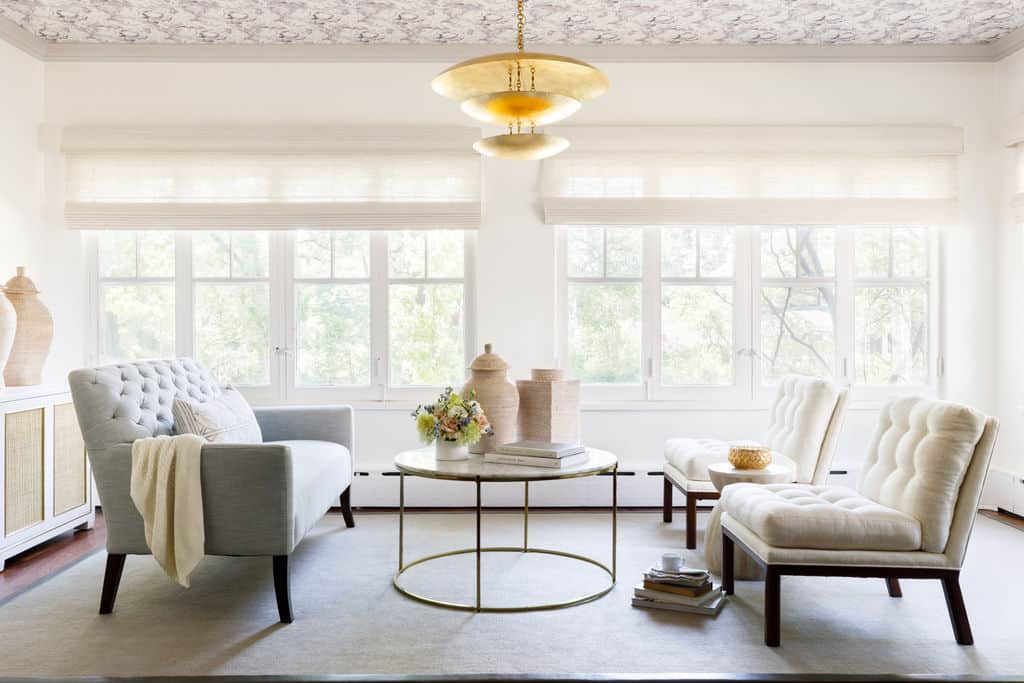
5. Order renderings.
If you want to take room design to the next level, you can hire a service to create a photo-realistic rendering of how your completed space will look. You’ll need to send them the items you want included, and they’ll be able to deliver a 3-D rendering of the theoretical finished product. This step is one the every day homeowner may not take, but renderings are a perk of working with an interior designer. Centered by Design creates renderings mostly for kitchen projects, as that’s such an important room in the home to design exactly right.
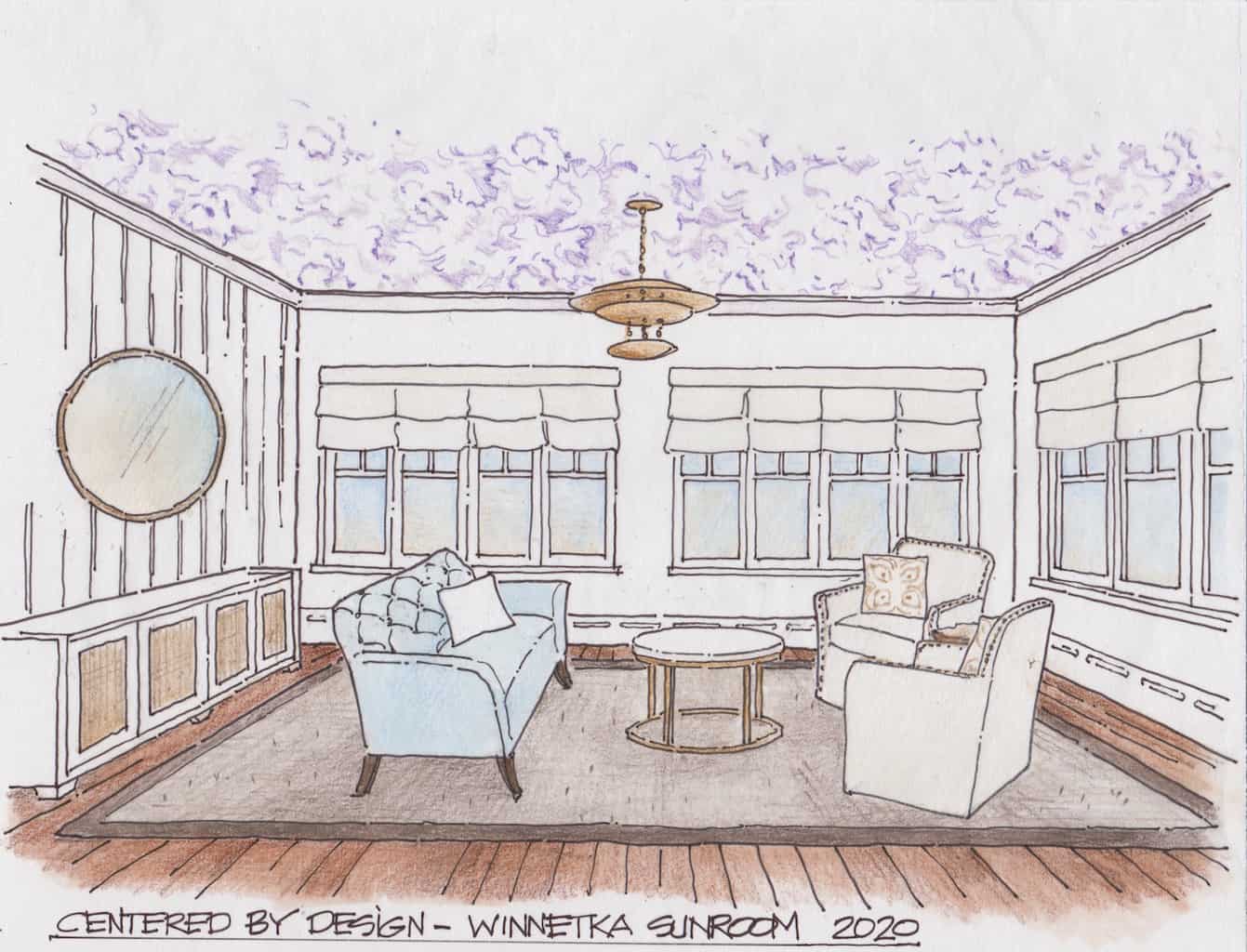
Are you interested in working with Centered by Design on your home design project? See our offerings here, including single room design, or drop us a note.
Leave a Reply

October 7, 2024
read the post
YOU MIGHT ALSO LIKE
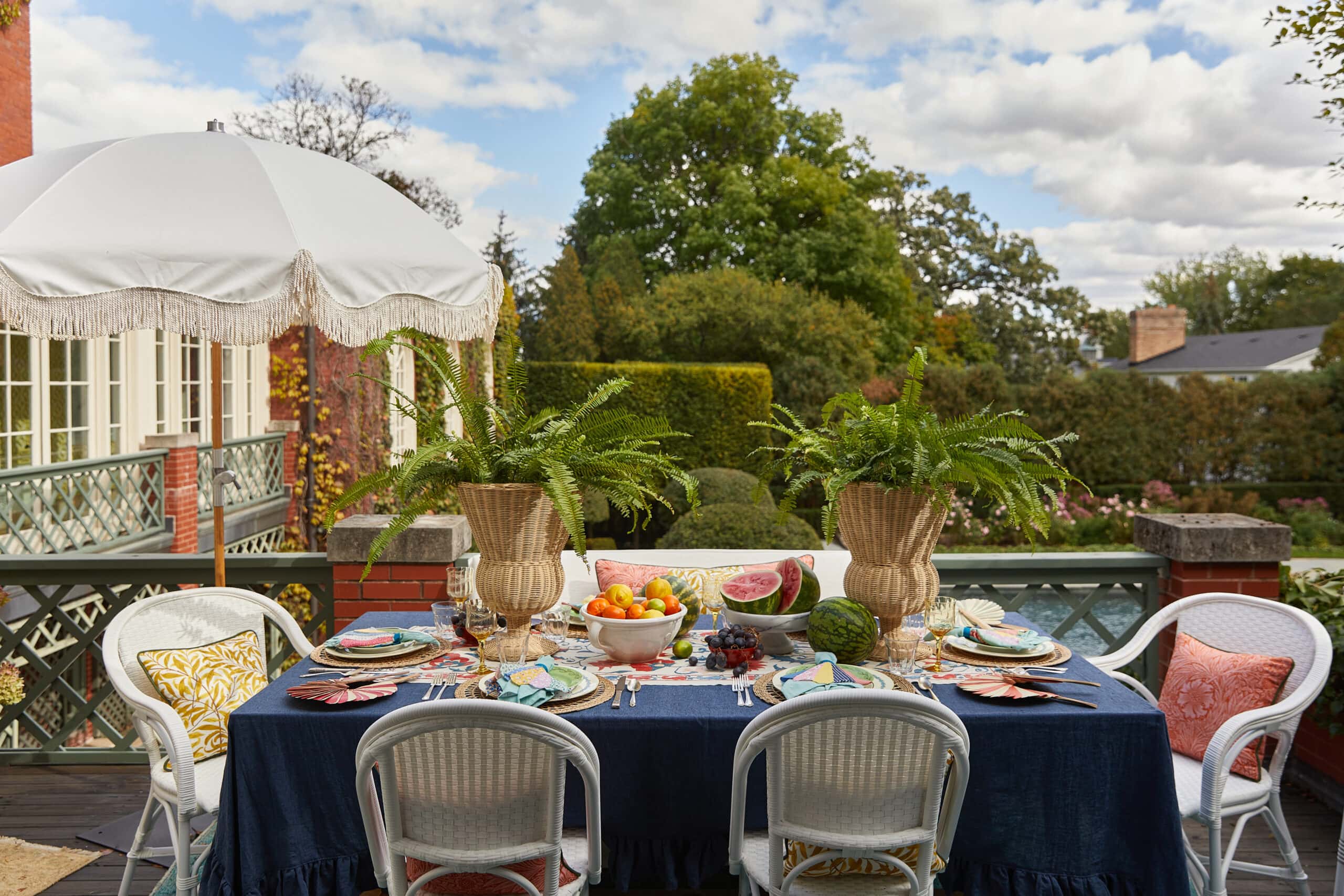
April 17, 2024
read the post
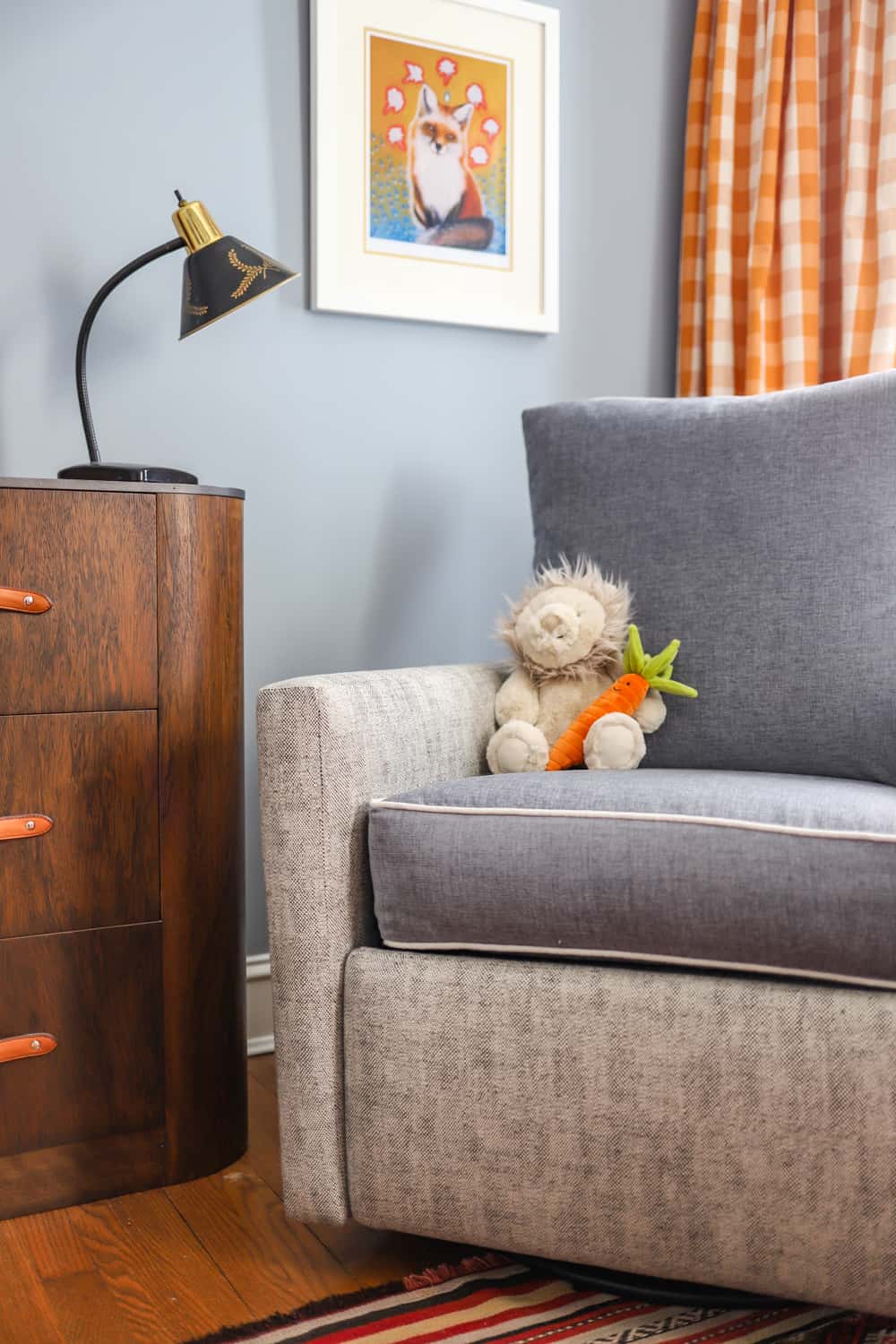
September 2, 2021
read the post
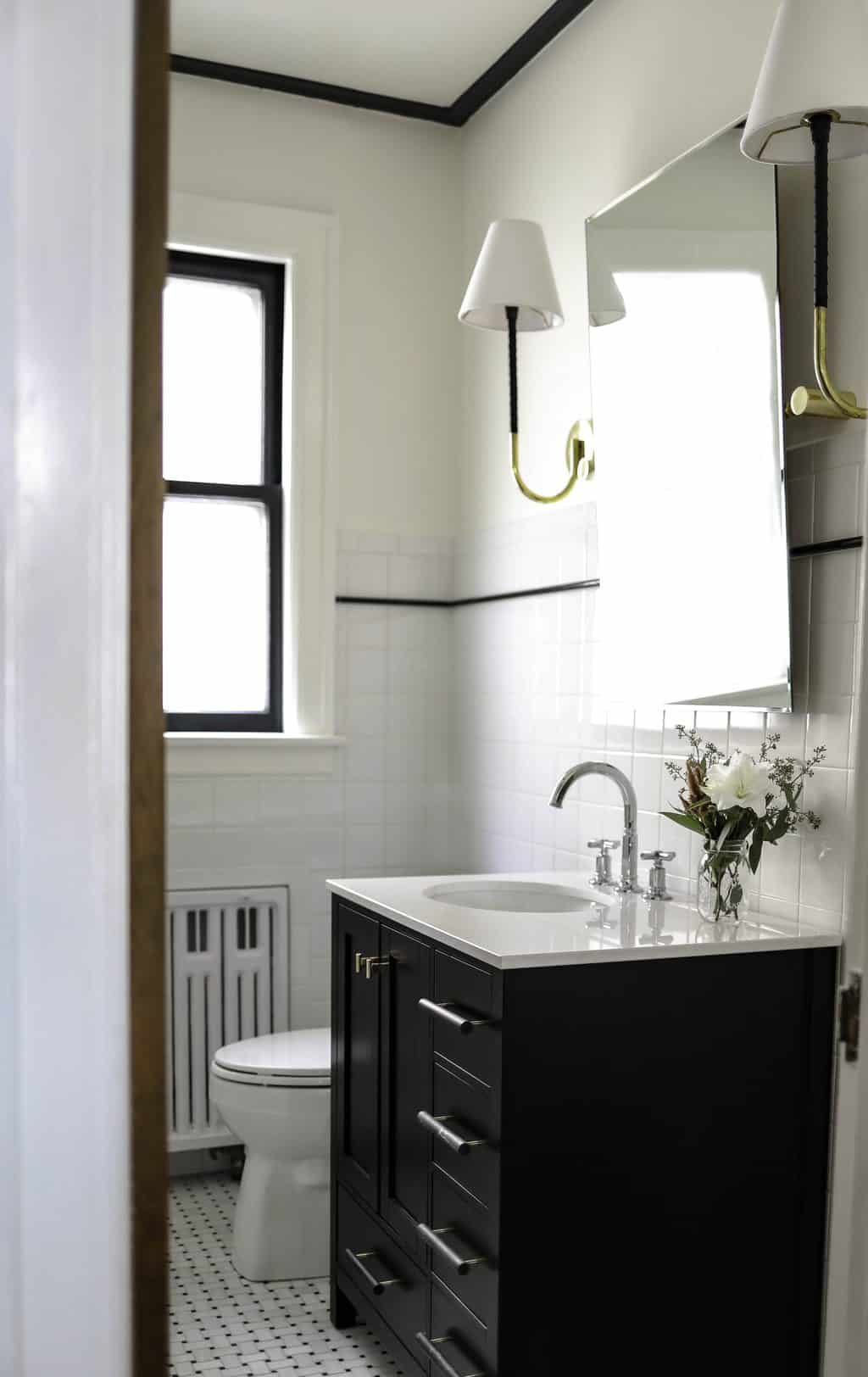
August 24, 2021
read the post
Meet Claire
Claire’s creative energy comes from her unique perspective on the world as both a trained interior designer and a passionate yoga teacher. Her affinity for kitchen design, timeless style and eclectic decorating are shared here, along with lots of interior design education and tips. Thanks for being here, please enjoy!